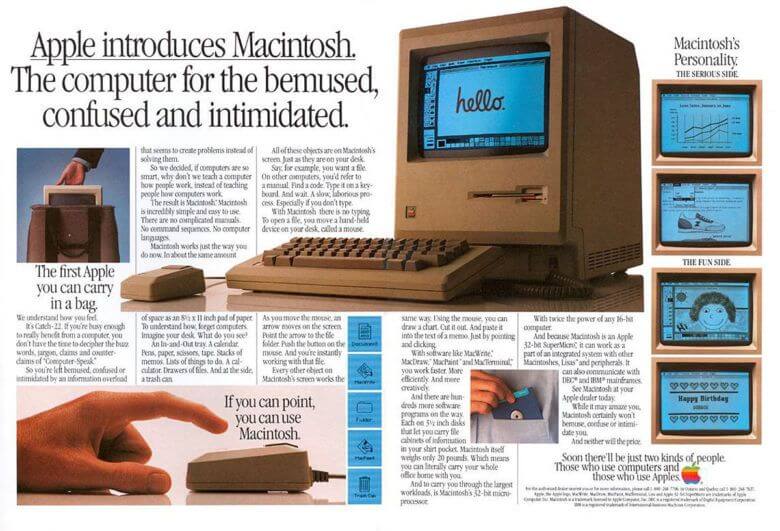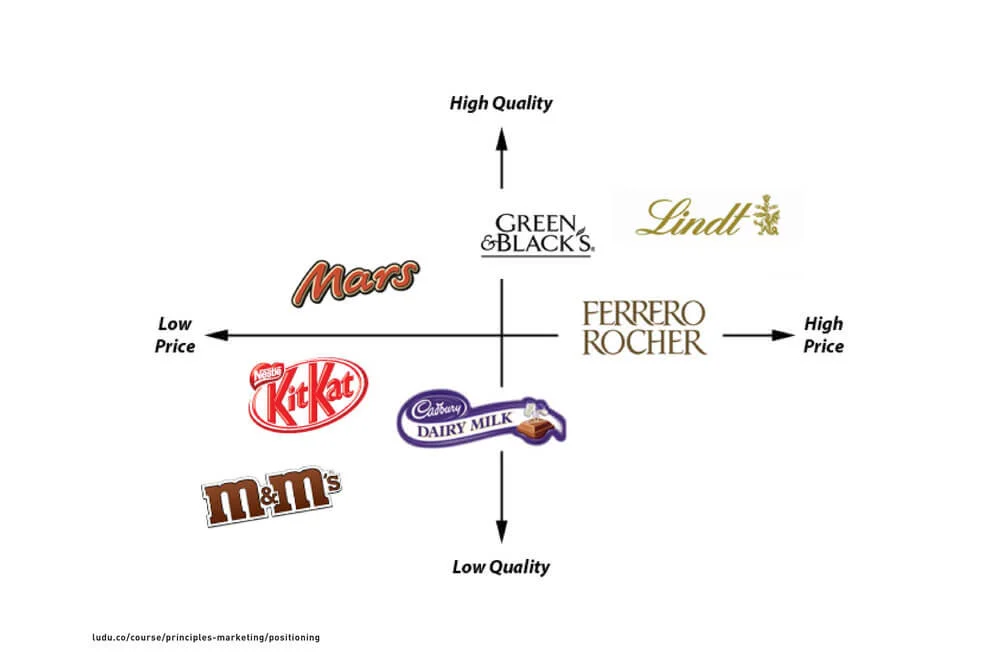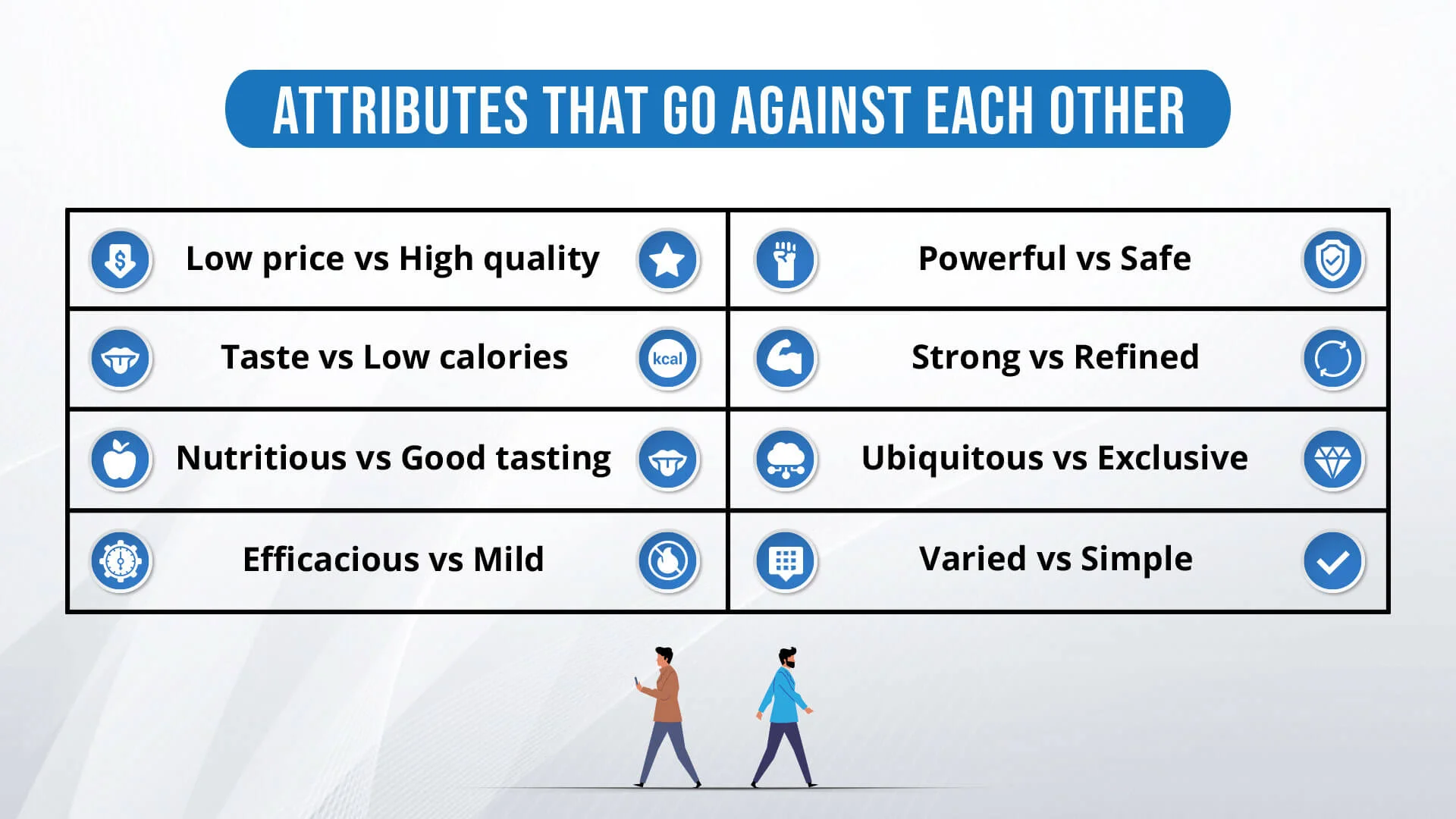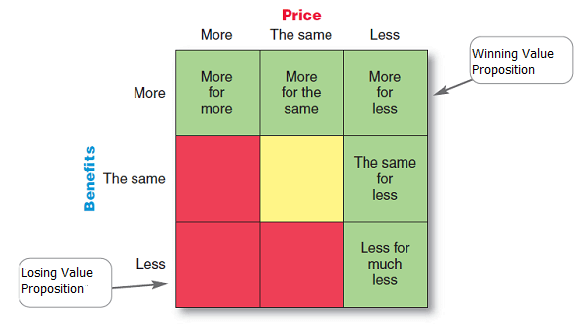Brand positioning is to place your brand in a favorable position in the minds of your target customers. It helps your brand create a name for yourself among the thousands of other brands you call competitors.
A complementary of brand positioning is depositioning- changing the mindset of customers about competing brands. It might sound aggressive but it is not. Depositioning is about employing subtle methods so that your customers think you are better than others. If your competitors have taken a position you are vying for, through depositioning you make your customers believe your brand is better than them.
If you have a hard time thinking about how you can position your brand and deposition it at the same time, fret not. This blog will guide you to a step by step strategy to position your brand and at the same time, deposition your competitors.
Why It’s Important to Have a Strong Brand Positioning Strategy?
When your business has a strong brand positioning strategy, you can achieve a great number of benefits. The benefits include:
1. Sets you apart
There are thousands and thousands of brands out there. How can your brand stand apart from others?
Having a strong brand positioning strategy helps you create a league of your own that no other brands can claim. This will help you set apart.
Look at Facebook. Its position as the world’s largest social networking site where billions of people are online is something that no other brands can claim. As a result, no new social networking sites of such a large scale have not emerged yet.

2. Allow you to claim a specific market
By positioning your brand on a particular feature or benefit, customers in want of that feature or benefit will come to you. As a result, you will be forced to develop your services in line with that target customer group.
Continuous development in your services will help you be perceived as an expert in the field. This will improve your value in the market. And you can gain a foothold in a specific market.
Consider Apple. It positioned it’s Macintosh as the “Portable Personal Computer” back in the 80s. This helped it gain popularity among individuals who can carry a computer back to their homes on weekends. And Apple was able to gain a major market share in the personal computer market from IBM who focused more on business sales.

3. Helps you become creative
Creativity thrives in constraints. So when you position your brand in a specific way, you need to do all to ensure what you deliver is what you promise. If you position yourself as a high-quality brand and then sell at low prices, people will not believe you.
That is why you need to take action according to your stated position. The constraints, instead of stifling creativity, helps make it flourish.
American Express, the credit card company, has thus gone creative with its marketing. It’s main competitor, Visa, positions its acceptability everywhere. For American Express, whose positioning is that its usage carries prestige, promoting acceptability will dilute its image.
So the company went creative. It launched the Small Business Saturday program encouraging people to shop at small, local retailers on the Saturday after Thanksgiving. American Express cardholders got rebates for shopping at these stores. This campaign helped American Express promote its acceptability without diluting its positioning as a prestigious brand.

Brand Positioning Strategy Objectives
Brand Positioning Strategy has three objectives. All three objectives are necessary for successful brand positioning.
1. Relevance
This is the first priority. Your customers must see your brand as relevant to them on a personal level. If they cannot find relevance, they will not find your products relevant.

I guess now you have realized, Ford’s customers, who were first-time buyers just in their first job, found an expensive Edsel irrelevant and undesirable. And Edsel is now a textbook failure of marketing gone wrong!
2. Differentiation
Differentiation is critical for the success of positioning. Your consumers must see your brand as distinctive and superior to your competitors.
Splenda, a sugar substitute brand, succeeded through differentiation. It differentiated itself as a sugar substitute without the drawbacks that competitors like Equal and Sweet’N Low had. This differentiation helped Splenda achieve a leadership position in the sugar substitute market.

Relevance without differentiation will make your brand like any other brand out there. Differentiation without relevance will reduce your market share to a niche audience only.
3. Credible and attainable
The final measure is credibility and attainability. Can your company deliver the promise it has made? If not, why would customers want to buy from you?
General Motors wanted to position its Cadillac as a youthful, modern car. But people were not buying that. So the automaker went through some bold designs, solid craftsmanship, and active, contemporary images in order to deliver its promise.
Without being credible, your brand positioning messages will be empty promises. And no customer likes empty promises.
How to Create an Effective Market Positioning Strategy?
To create a truly effective market positioning strategy that sets you apart from your competitors, go through the following steps:
1. Determine company uniqueness by comparing to competitors
Try to find out how your company can be unique when compared to your competitors. This will help you find your strengths and weaknesses as well as find your position in the market.
First, understand your brand from within. Identify the fundamentals on which your brand is based upon- its value proposition, vision, and USP.
Then compare and contrast these fundamentals with those of your competitors. Find the features and attributes that make your brand different from the rest in the market. These different features are your strengths. Focus on them and find out how you can use these strengths to your advantage.
2. Identify the current market position
Identify and understand your brand’s current position in the market. Conduct an analysis to see whether the current standing is favorable and whether it is aligned with your company’s aims and objectives.
If your current standing in the market is not in line with your company’s aims and objectives, find out where your weakness lies. You may need to do some repositioning as well.
3. Competitor positioning analysis
Extend your study of understanding the market by analyzing the position of your competitor brands as well. Some areas of your competitors you would want to check are:
- Market share and growth rate
- Positioning statements, taglines, USPs
- Promotional campaigns, advertisements, content strategy
- Customer perception of brands
After identifying the brand elements of your competitors, see their standings in the market. Identify the market structure and your rivals’ position in it. See what’s working for them and what’s not. And how you can leverage their strengths and weaknesses for your brand’s advantage.
4. Perceptual Map in Market Positioning
An easy way to understand the market standing of your brand and your competitors is through a perceptual map. In a perceptual map, brands of a certain industry are plotted against two axes with each axis representing an attribute that consumers factor in for brand selection.
Perceptual maps allow you to visualize. Thus it is easier for you to understand the current market position of the entire competition. For the best use of perceptual maps, make multiple versions of them so that you can compare brands across different attributes.

From such visualizations, check which areas your competitors are performing poorly. These ones where others are performing poorly can be used by you in your positioning. Using multiple attributes for your positioning helps improve the quality perception of your brand.
5. Make a List of Reasons to Buy
Once you find attributes that can be potential strengths for your brand, make a list of them. These attributes should be the reasons why customers would want to buy your products.
Of course, your positioning strategy creation process does not stop here. You cannot promote yourself with all the attributes you have shortlisted.
There may be some attributes that go against each other. For example, a brand promoting its products as high-quality goods can have trouble making customers believe it if it also promotes itself as a low price brand.

Sometimes, individual attributes have both positive and negative connotations attached with themselves. For example, positioning your brand for your heritage can indicate experience and expertise. But at the same time, it also positions yourself as old-fashioned.
You need to make tradeoffs in order to create an effective brand positioning strategy. Although the best approach is to use both tradeoffs, only if your product or service performs well in both areas.
Keep all these in mind when creating a finalized reason to buy for your brand.
6. Select an overall positioning strategy
Once you have finalized a list of reasons to buy, create an overall positioning strategy that will help position your brand. The overall positioning strategy, better known as the value proposition, will be the summarized result of all the reasons to buy.
BMW’s value proposition, for example, titled “Ultimate driving machine/ designed for driving pleasure,” tells customers they should buy their cars for their high performance, luxury, and styling for a high price that is worth it.
An easy way to develop your value proposition is through a value proposition matrix. This matrix shows nine possible value propositions- five winning, one marginal, and rest four losing. Pick one from the winning or marginal for the best results.

Whatever value proposition you choose, make sure it meets the needs and desires of your target market. You need to select one that makes you special in the minds of your target customers.
7. Make Sure You Can fulfill audience requirements
After you have selected a value proposition for your brand, deliver it to your target consumers. Communicate your position. Remember: What you communicate is what you are promising.
As your communique is your promise, you must fulfill it. If you position yourself as a brand of high quality and service, show it in action. Charge a high price for your products, distribute through high-quality dealers, and make high-quality advertisements. Walk the talk.
Look at Apple. It positions itself as a premium, high quality, and innovative brand. And it’s products deliver the same. It charges high prices, sell-through Apple stores or authorized dealers, and make some of the best advertisements out there. Apple is definitely walking the talk.
8. Follow your positioning statements
Sum up your brand positioning in a positioning statement. A lot of guides are out there helping you make one each with its own length. For a shorter one, follow this:
To (target segment and need), our (brand) is (the type of industry the product or service is in) that (differentiating point).
Remember that your positioning statement will contain the industry category first and then differentiating points. This shows the importance of relevance and differentiation we learned in the objectives of positioning strategy earlier.
For Facebook, the positioning statement can be:
To internet users wanting to make friends and connections online, Facebook is a social network that contains billions of active users.
9. Boom. Keep it up above from other competitors.
Congratulations! You have developed your positioning strategy. While it is a good thing that you have created a positioning strategy, you need to deliver it as well.
Establishing the positioning in the minds of your customers will take a long time. So maintain it through consistent performance and communication.
Monitor your customer sentiments and competitor strategies over time. If market conditions are changing, you may need to change your positioning strategy. But do not do it quickly. Otherwise, you will confuse your consumers. Evolve your positioning gradually over time.
Conclusion
Brand positioning is undoubted, one of the most important elements of your branding and marketing strategies. Done and executed right, you can capture a share of the mind of your customers. This capture can work more wonders for you than any high profile advertising or marketing campaign will do.
But making a positioning strategy is indeed tough work. More tough is to execute it. Follow the steps mentioned in this blog and you can craft a positioning strategy and implement it properly.






